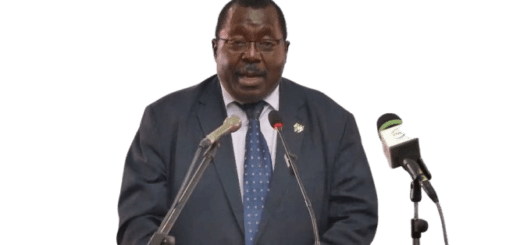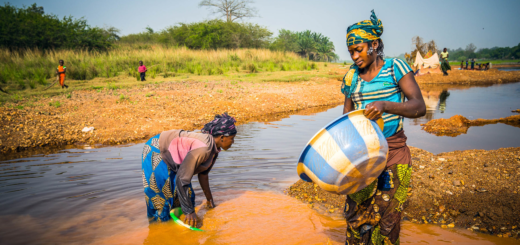Zambia’s Travesty with the IMF and World Bank: A Debt Trap Revisited.
Zambia’s financial dance with the IMF and World Bank reads like a cautionary tale of economic mismanagement, ill-timed interventions, and the dangerous reliance on external debt.
Since the country’s first IMF-supported stabilization package in 1973, the path has been marred by repeated bailouts, stringent conditions, and a recurring pattern of crisis, relief, and relapse.
This debt cycle has raised crucial questions about the efficacy of international financial institutions (IFIs) in fostering sustainable economic growth in developing countries.
In its early dealings with the IMF, Zambia sought to stabilize its declining reserves and correct budget deficits. A series of stand-by arrangements and structural adjustment programs (SAPs) followed, each laden with austerity measures—currency devaluations, ceilings on credit, and deregulation of prices.
The 1980s saw Zambia undertake a more ambitious reform with the IMF’s Extended Fund Facility, tied to a World Bank investment program aimed at boosting agriculture and industry.
Despite adherence to these tough conditions, Zambia’s economy continued to flounder, primarily due to external shocks such as the fall in copper prices, which remains the backbone of its economy.
The missteps of the 1980s culminated in riots and political discontent, forcing Zambia to abandon the Bank-Fund-supported programs in 1987.
The government’s unilateral introduction of the New Economic Recovery Program (NERP) reflected a desire for economic independence, yet it led to the suspension of over 55 loans.
By 1989, Zambia was forced to return to the IMF fold, underscoring the trap of reliance on foreign loans to plug gaping fiscal holes.
Fast forward to the 21st century, and Zambia once again finds itself in a debt crisis. After significant debt relief under the Heavily Indebted Poor Countries (HIPC) Initiative in 2005, Zambia’s borrowing spree resumed in 2012, spurred by forecasts of rising copper prices and misplaced optimism in infrastructure investments.
The debt burden, coupled with the COVID-19 pandemic and the ongoing climate crisis, created a perfect storm that pushed Zambia into default in 2020—making it the first African country to do so during the pandemic.
Now under another IMF program, Zambia is committed to implementing austerity measures designed to reduce its fiscal deficit. But these stringent reforms—such as cutting fuel and electricity subsidies and raising taxes—risk stifling growth and disproportionately affecting the poor.
The pressure on social services, particularly in healthcare and education, is already evident, with budget allocations shrinking as debt repayments soar. Between 2018 and 2021, the percentage of the national budget allocated to debt repayment nearly doubled, squeezing vital sectors such as health and education.
The irony is hard to miss. Zambia’s leaders once embraced external loans to fuel economic development, yet the costs of these debts now threaten the very foundation of its social services.
As austerity bites deeper, the question remains whether these measures will provide a sustainable path out of debt or lead Zambia back to the same travails it has faced for decades.
Zambia’s plight is emblematic of the broader challenges faced by heavily indebted developing nations: the tug-of-war between development needs and fiscal prudence.
While the IMF’s fiscal targets may offer short-term relief, they fail to address Zambia’s long-term structural weaknesses.
What is needed is a reimagined debt strategy that prioritizes inclusive growth, climate resilience, and social protection over blind adherence to austerity.
In the end, Zambia’s repeated travesty with the IMF and World Bank underscores a lesson that should resonate globally: economic reform must be balanced with the needs of the people, not dictated by creditors whose policies often prioritize balance sheets over human welfare.








